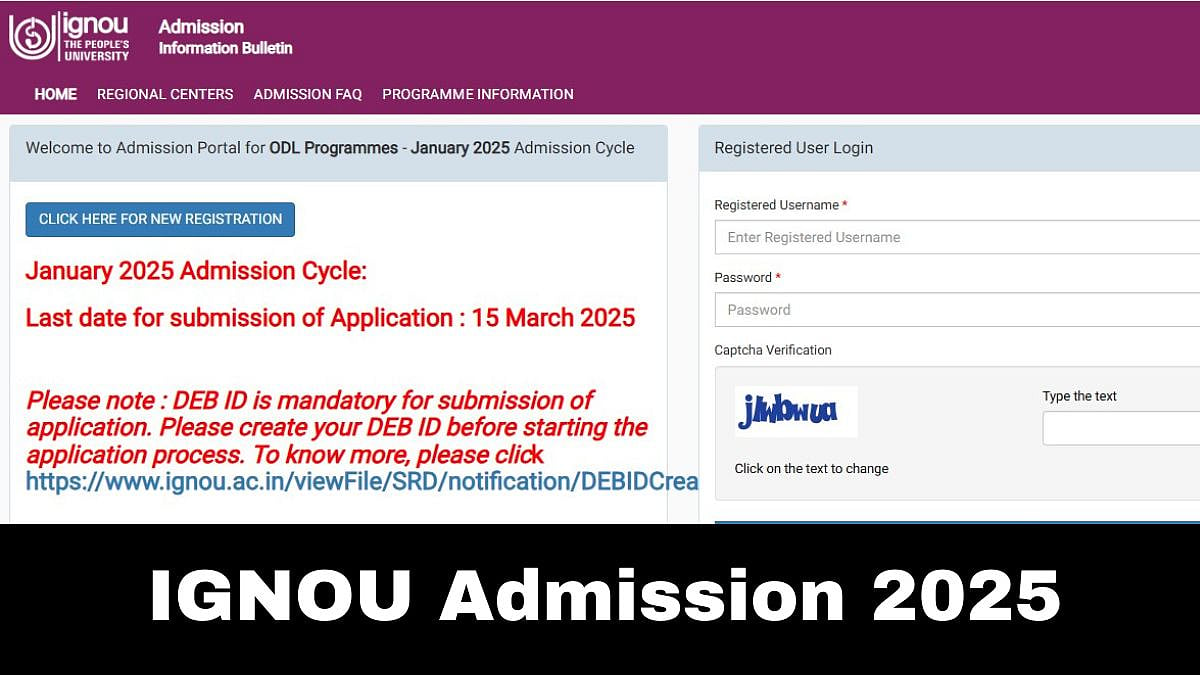SOAP Notes in Physical Therapy: A Beginner’s Step-by-Step Guide
Step-by-step Physical Therapy SOAP notes guide: capture Subjective, Objective, Assessment and Plan accurately using examples and templates to enhance outcomes.

Good documentation is not only about record-keeping in physical therapy, but also about providing patients with the right treatment all along. That's where Physical Therapy SOAP Notes come in. These ordered notes assist therapists to sort out information, monitor progress, and communicate effectively with other health practitioners.
As a student, a new therapist, or just polishing up on your skills, you will find it easier and more dependable to arrange the SOAP notes. We can divide it into steps.
What Are SOAP Notes?
A SOAP note is an inter-professional documentation format adopted in healthcare. SOAP stands for:
- Subjective - what is reported by the patient (pain, symptoms, limitations).
- Objective - quantifiable results like strength, range of motion, and test results.
- Evaluation - your professional reflection of gains or difficulties.
- Plan - your course of treatment, follow-ups, or referrals.
This format simplifies the recovery tracking, justification of treatment decisions, and disseminates updates with other clinicians in the field of physical therapy.
Why Use SOAP Notes in Physical Therapy?
Using SOAP notes in physical therapy ensures consistency and accuracy in patient records. They help therapists:
- Keep things in order through hectic clinic days.
- Communicating with patients and families on their progress.
- Support insurance claims are accompanied by detailed, structured documentation.
- Enhance cooperation with doctors, surgeons, and other specialists.
In other words, SOAP notes keep everybody on track- including the therapist and the insurance service provider.
Step-by-Step: Writing Physical Therapy SOAP Notes
Writing good Physical Therapy SOAP Notes may feel overwhelming at first, but breaking it into steps makes it manageable. Here's how
1. Subjective
Note the words used by the patient. This may involve the level of pain, their mobility, or their post-treatment feelings.
Example: "The patient states that when walking up the stairs, he experiences sharp pain in the right knee rated 7/10.
2. Objective
Add quantitative data: test data, gait, swelling, or range of motion.
Example: Right knee flexion of 90 degrees, weakness of the quadriceps was found.
3. Assessment
Get the meaning of the findings. This section is an expression of your clinical judgment.
Example: “Patient demonstrates limited knee flexion and instability, suggesting continued inflammation.”
4. Plan
Outline the next steps. This includes exercises, manual therapy, modalities, or referrals.
Example: “Continue strengthening program, ice therapy, and reassess ROM next visit.”
Physical Therapy SOAP Notes Examples
Here are two quick physical therapy SOAP notes examples:
Example 1:
- S: Patient states that she is no longer able to pick up grocery bags because of pain in her shoulders.
- O: Rotator cuff weaknesses are found on strength testing.
- A: Dysfunction associated with muscular load.
- P: Advise gradual strengthening and posture therapy.
Example 2:
- S: According to the patient, he or she can now walk 15 minutes without feeling out of shape.
- O: Gait is better assessed.
- A: Patient in good shape, low risk of falls.
- P: Progressive aerobic training, repeat in a week.
These short examples highlight how SOAP notes keep information structured yet clear.
The Role of SOAP Notes in Physical Therapy Documentation
Strong physical therapy documentation is the backbone of quality care. SOAP notes make sure that all information is noted in a manner easily comprehended by insurers, supervisors, and other providers.
Indicatively, where there is an insurance filing, clear documentation is used to prove the need for ongoing treatment. It is also beneficial to the therapist to have a reliable record of care.
Using a Physical Therapy SOAP Note Template
A physical therapy SOAP note template can save time while maintaining consistency. Templates will take you through each field to ensure that you do not miss critical information. Digital templates are now available in the EHR system of many clinics to be customized by specialty.
For new therapists, templates serve as helpful checklists until the SOAP note process becomes second nature.
Where Technology Fits In
Documentation is essential, yet time-consuming. It is to this end that technologies, including AI clinical notes and scribe solutions, come in. Current solutions, such as HealthOrbit AI, lighten the administrative load by generating structured SOAP notes out of clinical discussions.
Although the best AI scribe vendors exist in the market, most therapists want an alternative that is specialized in the healthcare sector, not generic transcription. A medical transcription AI application or even a Free AI scribe can be attractive, yet accuracy and compliance with the physical therapy are the most important aspects.
Why SOAP Notes Help Patients Too?
The benefits of SOAP notes are not only for doctors or healthcare staff; they are also beneficial to patients. Having clear documentation, patients will be able to visualize their progress, set treatment goals, and be more involved in the process of their recovery.
Looking at their notes helps the patients feel open and develop trust with their therapist. This is a little step that goes a long way in patient-centered care.
Conclusion
To a novice, SOAP notes can seem like an additional burden of paperwork. However, in practice, they are a strong means of high-quality care, effective communication, and more fluid processes.
By using a physical therapy SOAP note template, avoiding common mistakes, and learning from physical therapy SOAP notes examples, new therapists can quickly gain confidence in their documentation skills.
And as tools such as HealthOrbit enable smarter documentation, the physical therapists can dedicate less time to typing and more to where it counts the most: assisting the patients to be well and thrive.






















